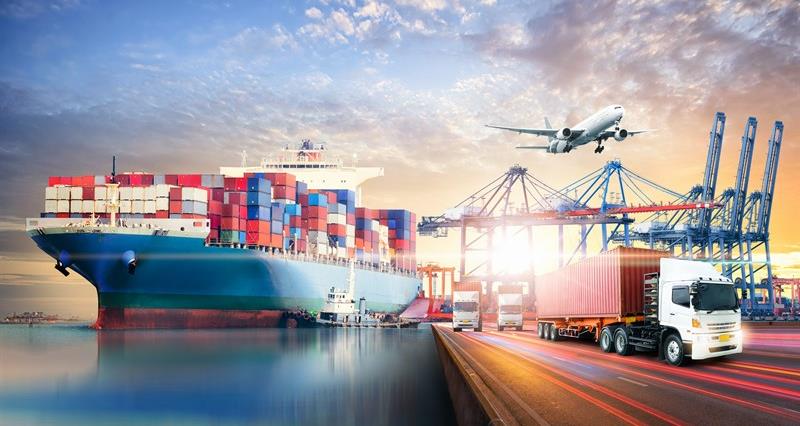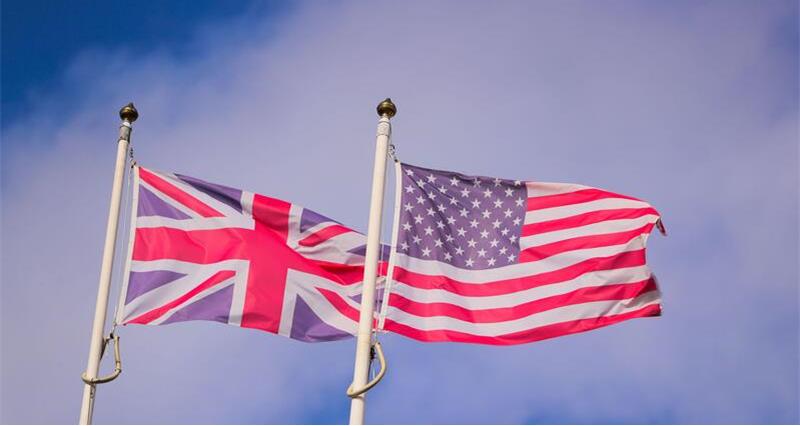What has happened in the past two months?
It doesn’t feel like only two months have passed since Donald Trump took office as the 47th US President on 20 January 2025.
The world of trade as we know it has been shaken to the ground and more uncertainty and instability is due to come.
On his first day as President of the United States, Trump released the ‚ÄėAmerica First Trade Policy‚Äô document, outlining his trade agenda and work programme.
Key points of the memorandum of relevance to the agriculture sector are:
- a trade policy that benefits all sections of American society, farmers included
- an investigation into the causes of the US trade deficit in goods and recommendations to redress the deficit (eg, tariffs)
- identify countries with which the US can negotiate agreements to achieve market access for American businesses.
Trading partners breathed a sigh of relief when President Trump announced that the tariffs were not going to be implemented on day one, as he had promised during his electoral campaign, but only after the administration had the chance to produce reports to inform the decisions on tariffs.
However, the results of those investigations haven‚Äôt been published yet but the date of ‚Äútariff day‚ÄĚ or ‚Äúliberation day‚ÄĚ, as the US administration calls it, is now set for 2 April, with tariffs coming into effect immediately after.
What we can expect from ‚Äėtariff day‚Äô
On 2 April, President Trump will announce plans to impose immediate tariffs to an initial group of trade partners, referred to as the ‚Äúdirty 15‚ÄĚ.
We expect the UK to be targeted by the tariffs, alongside the EU, Canada and Mexico, but the list hasn’t been made public.
The scope of this policy is to look at any trading arrangements considered ‚Äúnon-reciprocal‚ÄĚ (eg, tariffs, taxes, non-tariff barriers, public intervention in exchange rates) and to determine the equivalent of a reciprocal tariff with respect to each trading partner.
‚ÄúThe world of trade as we know it has been shaken to the ground and more uncertainty and instability is due to come.‚ÄĚ
NFU chief international trade adviser Lucia Zitti
This policy goes against the WTO (World Trade Organisation) agreements and the principles of trade without discrimination and to respect agreed ceilings on tariff levels that were set through prior negotiations at the WTO.
Many countries, including the UK and the EU, have been in close contact with the US representatives to try and negotiate a deal that would grant them exemptions from the tariffs.
On 27 February, during a joint press conference, President Donald Trump and Prime Minister Sir Keir Starmer announced that work was in motion on a new economic deal.
The UK Government’s intention was to focus on technological innovation, but the US has made clear that a deal would have to include agriculture.
What’s at stake for UK agriculture?
Looking at agriculture trade between the UK and the US, the sectors most exposed and reliant on the US market will be the worst affected by tariffs.
In 2024, the top three UK agri-related exports to the US were:
- spirits for a total of £1.2 billion (including Scotch whisky and gin),
- fish (£244 million), with salmon being the most popular category, and
- beer (£126 million).
The US is the second largest export market for UK agri-food beyond the EU, with more than £2.5 billion export trade in 2024 (with over £33 million worth of meat, £75 million of cheese, over £14 million of malt and over £11 million of fertilised poultry eggs).
The UK and US started trade negotiations in May 2020, but they were paused during the first Trump administration and haven’t resumed during the successive Biden’s administration given the focus on domestic issues.
Today, the four presidents of the UK farming unions have issued a stark warning amid media reports on both sides of the Atlantic of a potential trade deal to avoid reciprocal tariffs from 2 April.
In a joint statement, the farming unions’ Presidents said: “It’s extremely concerning to see media reports that the UK Government is trying to avoid US tariffs by seeking an urgent trade deal.
‚ÄúWhile we do not want to see tariffs on UK agri-food going into the US, our second largest export market beyond the EU, it means our negotiators are on the back foot from the get-go and makes a balanced negotiation incredibly difficult.‚ÄĚ
More from 91≤÷Ņ‚:




